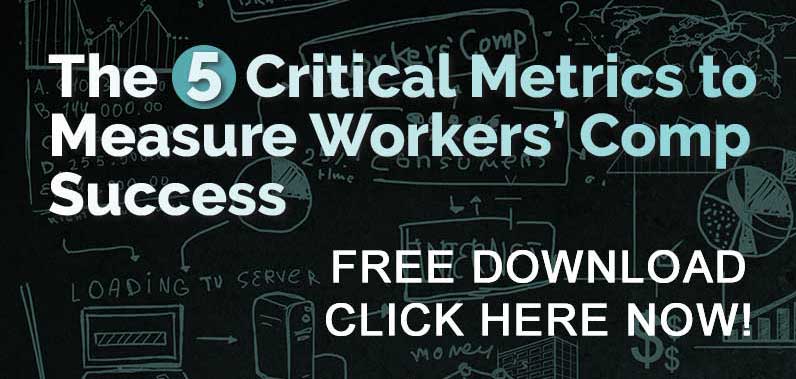
Here’s a closer look at best practices every risk manager should be following to create a high-performing, cost-effective workers’ compensation program.
1. Own Your Claims Administration Structure
The first step is to determine your company’s claims administration model. Are you fully insured, self-insured, or working with a third-party administrator (TPA)? Each model has different implications for oversight, reporting, and control. An effective risk manager evaluates whether current structures support the company’s injury management goals—or if change is needed.
2. Assess Adjuster Workload and Relationships
The number of claims an adjuster manages directly affects claim outcomes. High caseloads mean delayed responses, rushed investigations, and poor return-to-work coordination. Monitor the adjuster-to-claim ratio to ensure claims receive the attention they need to resolve efficiently. If claim volume is high, consider negotiating for dedicated claims handling staff or hiring an internal claims advocate to provide direction and accountability.
3. Get in the Trenches with Your Adjusters
Nothing beats firsthand knowledge. Visit your claims administrator’s office to observe operations, ask questions, and understand how your claims are handled. This site visit isn’t just symbolic—it helps establish expectations, build rapport, and improve collaboration. When adjusters see that you’re engaged and knowledgeable, they’re more likely to prioritize your accounts and communicate more effectively.
4. Insist on Adjuster Training in Injury Management
Many adjusters are skilled in policy and procedure but may lack training in return-to-work strategies or transitional duty. Ensure that the team handling your claims understands not only state regulations, but also your specific injury management philosophy and the importance of minimizing lost workdays. Consider offering training or sharing your internal protocols with them directly.
Click Link to Access Free PDF Download
5. Attend Hearings with a Purpose
Don’t rely solely on legal representation to speak for your organization during workers’ comp hearings. When the risk manager or injury coordinator is present, you can directly clarify job requirements, communicate your willingness to provide transitional duty, and offer custom duty solutions. Your presence demonstrates commitment and often expedites resolution.
6. Benchmark—and Prove—Your Program’s ROI
Numbers tell the story. Risk managers should maintain clear benchmarks showing how much is saved through effective injury management. A well-executed program may require upfront investment in staffing, training, or oversight—but these investments pay off in reduced indemnity payments, lower claim durations, and improved mod scores. When leadership sees the ROI, ongoing support becomes easier to secure.
7. Keep Learning and Connecting
The best risk managers are also industry learners. Attend seminars, participate in peer groups, and stay current on evolving best practices in claims handling and injury recovery. Meeting others in your field provides fresh ideas, peer benchmarking opportunities, and valuable strategies to bring back to your own program.
FREE DOWNLOAD: “Step-By-Step Process To Master Workers’ Comp In 90 Days”
Risk management is more than reviewing numbers and approving reports—it’s about proactive leadership, collaborative relationships, and a deep understanding of the full claims lifecycle. When risk managers step into this broader role, they elevate the entire workers’ compensation process, creating safer workplaces and stronger financial results.
Need help refining your strategy? Learn more at WCManual.com or schedule a session with our team at https://workerscomptraining.com/go/wc-strategy-session/schedule/. Let’s build a smarter path forward.

Contact: mstack@reduceyourworkerscomp.com.
Workers’ Comp Roundup Blog: http://blog.reduceyourworkerscomp.com/
Injury Management Results (IMR) Software: https://imrsoftware.com/
©2025 Amaxx LLC. All rights reserved under International Copyright Law.
Do not use this information without independent verification. All state laws vary. You should consult with your insurance broker, attorney, or qualified professional.
FREE DOWNLOAD: “Step-By-Step Process To Master Workers’ Comp In 90 Days”

















